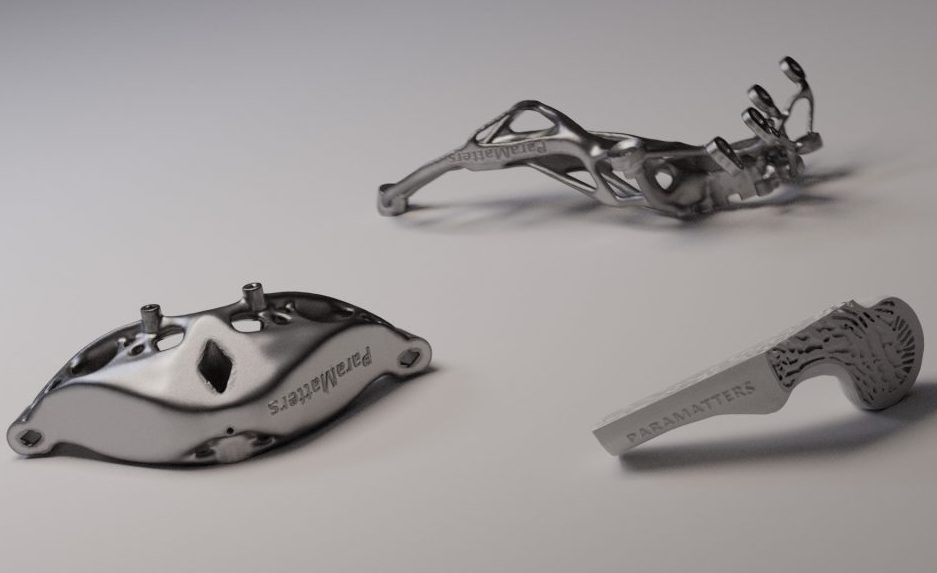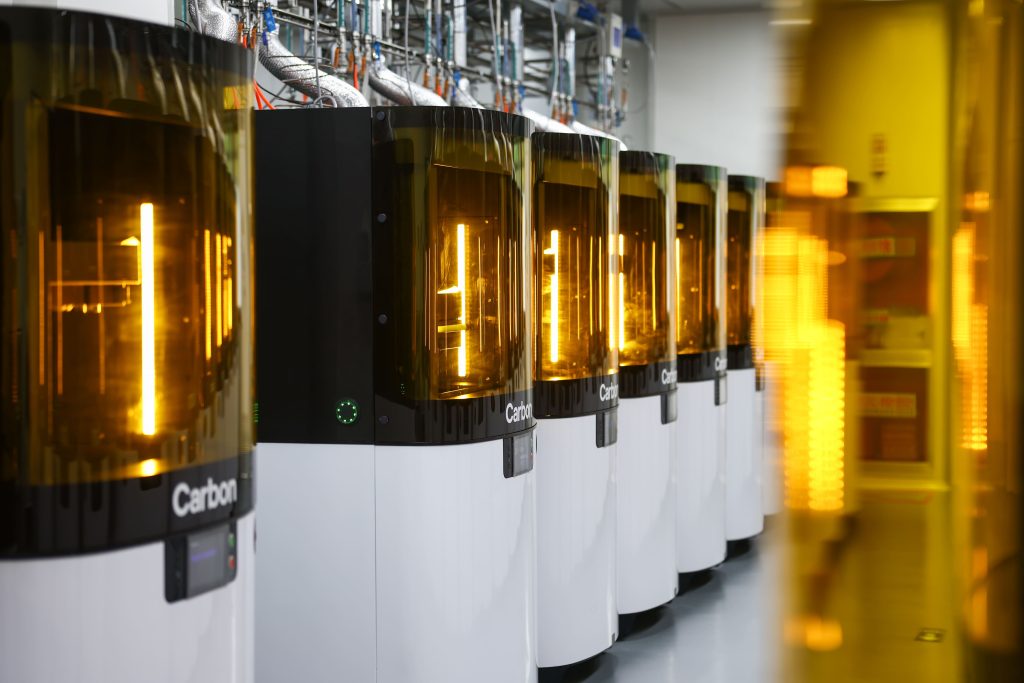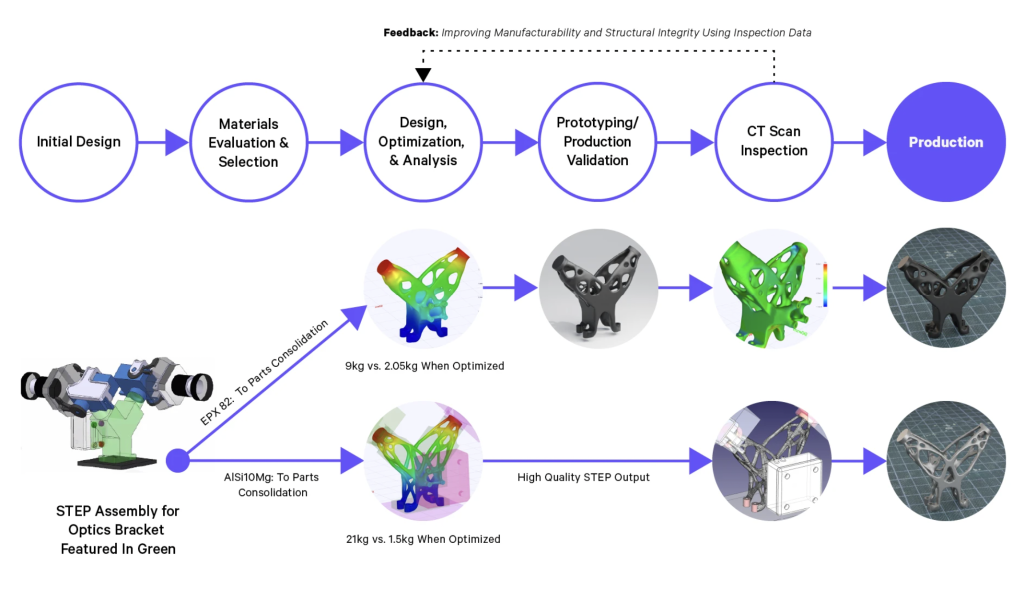US 3D printer OEM Carbon has bought generative design software developer ParaMatters. The move marks the California-based photopolymer 3D printing specialist’s first acquisition.
The ParaMatter purchase expands the topology optimization capabilities of Carbon’s software offering in a way that should allow users to create better products in less time. Using its improved program portfolio, Co-founder Phil DeSimone says the firm will now be able to address a gap in the market for a modern design platform that enables users to take full advantage of 3D printing in new product iterations.
“We recognize the critical role software design tools play in our customers’ digital transformation,” says DeSimone. “For far too long, designers have settled for software design tools that adhere to the limitations of traditional manufacturing. Many design tools of yesterday are not optimized to take advantage of industry innovations, including advanced 3D printing materials and manufacturing processes.”

Digital Light Synthesis technology
Based in California, Carbon is a developer of 3D printers, materials, and software that revolve around its Digital Light Synthesis (DLS) technology. The process works by using Digital Light Projection and oxygen-permeable optics to cure polymer resins into parts. To facilitate the production of products with engineering-grade mechanical properties, materials used with Carbon’s systems are usually embedded with heat-activated programmable chemistries.
The performance of Carbon’s machine portfolio, which currently includes the M1, M2, recent M3, and large-format L1 3D printer, is also optimized by its software offering. Earlier this year, the company launched the Carbon Design Engine, a program dedicated to helping automate the process of developing latticed components.
Carbon says its Design Engine’s powerful cloud-based computation tools can generate advanced conformal lattices in minutes, characterized by impressive impact absorption properties. With its acquisition, the firm is now set to broaden its software’s capabilities and addressable market, with Paramatters CogniCAD users already including Google, Renishaw, Volkswagen, and more.

Carbon’s expanded software offering
According to Carbon, most software platforms used for designing and manufacturing tend to be programmed to address the constraints imposed by traditional manufacturing methods. As a result, whether designed to optimize injection molding, casting, or subtractive production processes, such programs don’t allow adopters to iterate products as quickly as they could with 3D printing.
In particular, the company says traditional CAD and CAE tools are “cumbersome and inefficient” while being “poorly integrated with each other.” As these tools are specifically optimized for use with additive manufacturing, Carbon also claims that they require a high level of expertise to operate and ultimately lead to waste.
As such, the company views its acquisition as a means of meeting a market need. Building on the Carbon Design Engine, the firm’s Paramatters purchase has expanded its software’s topology optimization capabilities. It’s thought that doing so will unlock the automated creation of more complex, higher-performance parts.
In practice, the firm’s revised program is set to feature a five-step workflow that allows users to go through design analysis, validation, and CT scanning stages, in a way that should improve part manufacturability. With the addition of ParaMatters’ technology, Carbon believes its software’s manufacturing, inspection, and post-production simulation features could also unlock part consolidation opportunities.
“Software is the backbone of our idea-to-production platform, and we believe the generative design capabilities from ParaMatters are a key expansion of our design software,” adds Carbon CTO Craig Carlson. “By expanding our software capabilities that are optimized for additive manufacturing, we are empowering a generation of designers and developers to create better end-use products with advanced geometries and improved performance characteristics.”

With topology optimization software, users can rapidly iterate designs based on defined parameter sets for various manufacturing processes, and the technology continues to gain traction in 3D printing as well. nTopology’s generative design platform, for instance, which allows adopters to bypass the limitations of conventional design tools, is set to be bolstered by new engineering DFAM tools.
Another option for those seeking an accessible means of uncovering designs that reduce weight, increase structural integrity, and extend durability at a reduced price, there’s also the Generative Design Extension for Autodesk Fusion 360. Much like ParaMatters’ software, the program is marketed as being capable of enabling part consolidation while also identifying material and other cost-cutting opportunities.
To stay up to date with the latest 3D printing news, don’t forget to subscribe to the 3D Printing Industry newsletter or follow us on Twitter, or liking our page on Facebook.
For a deeper dive into additive manufacturing, you can now subscribe to our Youtube channel, featuring discussion, debriefs, and 3D printer reviews.
Are you looking for a job in the additive manufacturing industry? Visit 3D Printing Jobs for a selection of roles in the industry.
Featured image shows a set of 3D printed parts designed using ParaMatters’ CogniCAD software. Image via ParaMatters.



